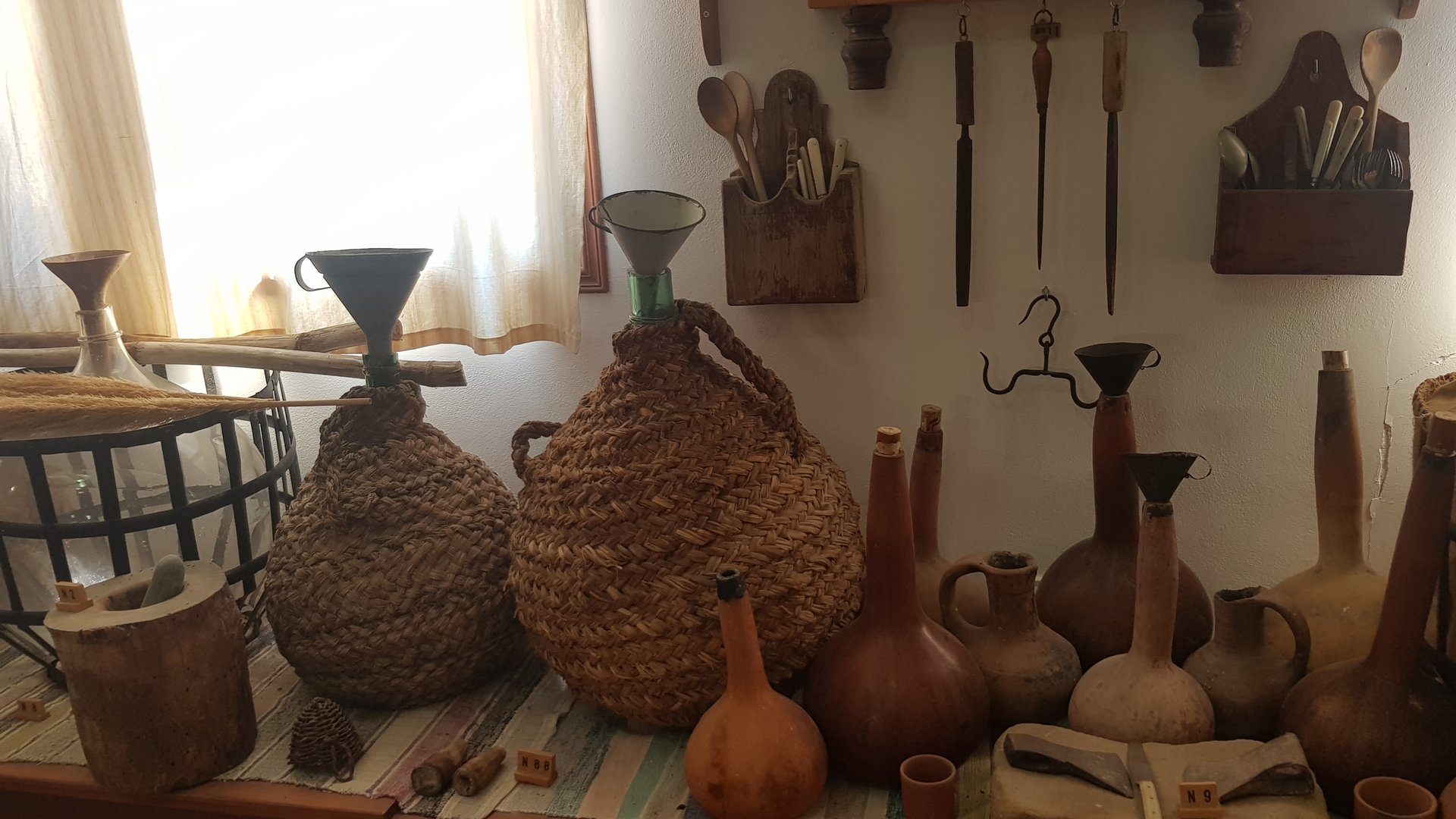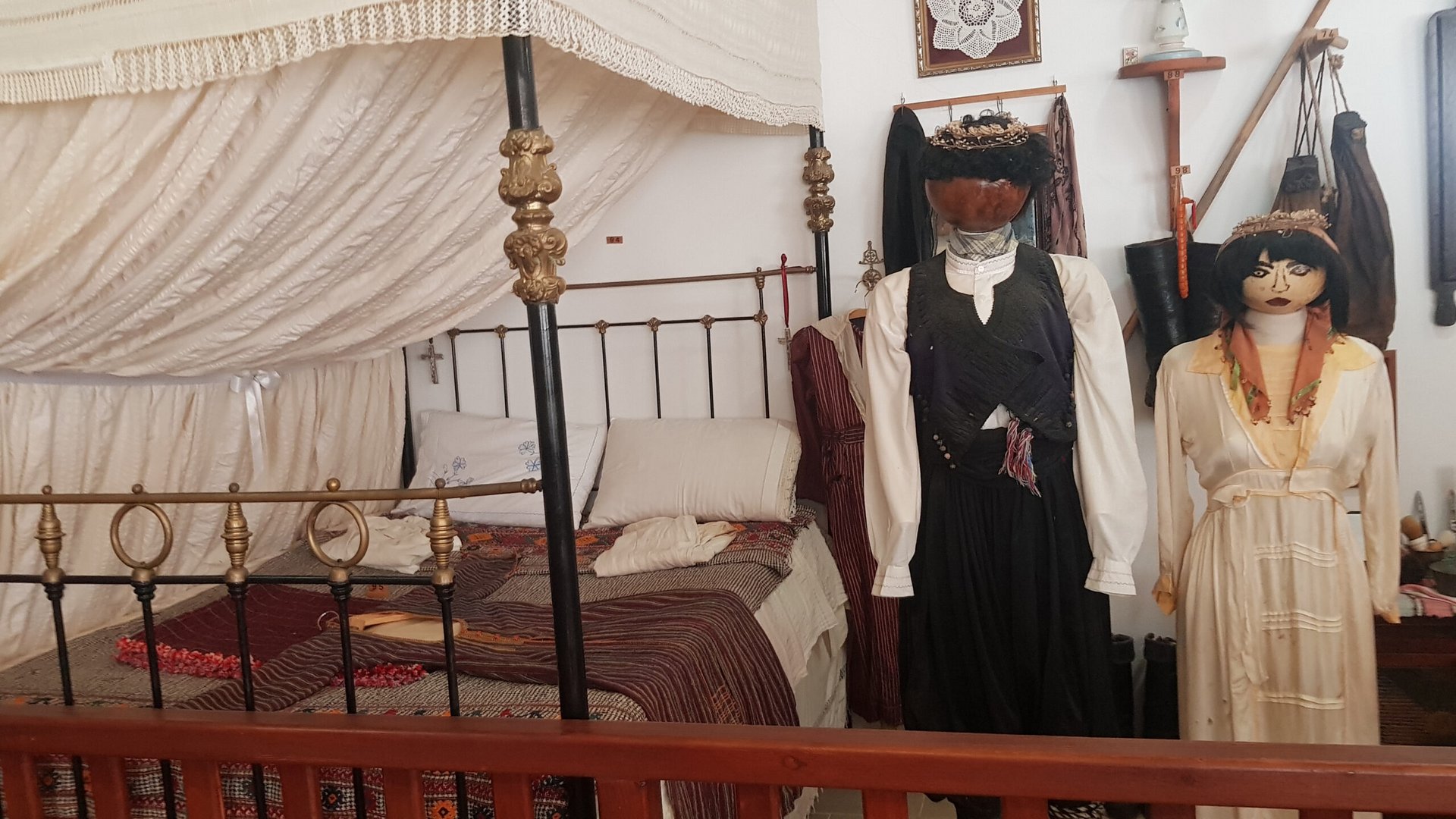Museum of Rural Life at Steni transport visitors back to grandparents’ era
Objects and exhibits related to traditional professions, the household and Cypriot way of life from decades past can be seen by visitors to the Museum of Rural Life, in Steni.
The soul of the museum’s creation, which brings visitors closer to their grandparents’ era, is the 20-year-old community leader of Steni, Elias Lambides.
Speaking to the Cyprus News Agency (CNA), Lambides explained that the exhibits are divided into various thematic units, such as farming, the kitchen, weaving on the loom, traditional costumes, but also handicrafts, the making of bread and trade.
The museum is located within a complex of new community buildings, which are built in traditional Cypriot style.
According to Lambides, the museum is representative of rural life in Cyprus during the period from 1800 to 1945, adding that it is an ornament for the area and a hub of attraction for local and foreign visitors alike.
The museum was founded in 2008, with the collection of exhibits initially started by the Lambides family and then by fellow villagers over a 27-year period, from 1981-2008.
The museum is dedicated to the men, women and children who lived in the village during the difficult years, from the day of its creation until the end of the Second World War.
Agricultural tools of past centuries, household utensils and traditional costumes, authentic dresses, even a wedding dress worn by one of the village girls at her wedding a hundred or so years ago came out of the clothes chests of the villagers and are exhibited in the museum. Among them are the wedding crowns (stefana) of a married couple who lived in Steni 200 years ago, which were built into the wall of their house and were found during construction work.
Another gruesomely interesting exhibit are the pliers belonging to a fellow village, animal breeder Georgios Hadjithemistoklis, who also served as the village tooth-puller for his fellow villagers who asked for his help. The result, as stated below the exhibit, was “painful and not always as expected”.
In another exhibit, visitors see a mousetrap consisting of thin and flat stone, three pieces of wood and bait (mainly salted figs) which the locals used in their battle against mice which plagued their carob trees. The colonial government, it is reported, had motivated the population to exterminate the plague of mice by paying them for each mouse.
The Museum of Rural Life in Steni is open daily, from 10am until 4pm. The museum offers a ramp to assist entrance and toilets. Information about all the exhibits can be found in the museum’s guides written in Greek and English.









Click here to change your cookie preferences